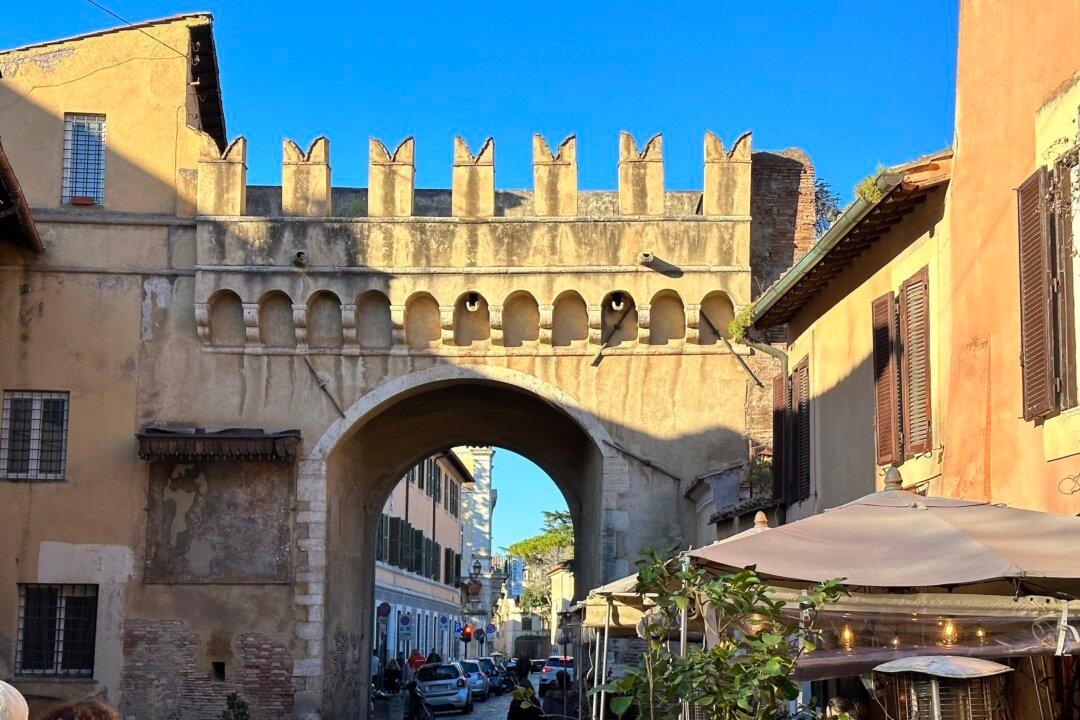It is one of the most glorious occurrences that a traveler can experience. A rare and exquisite treat. It is a beautiful and marvelous thing: a sunny Sunday in one of the world’s greatest cities. With no obligations, no meetings, no museum tickets that must be used this afternoon. Nowhere to go and nothing to do. No plans, at all, in a place you’ve already visited a few times.
Staying at The Edition, one of Rome’s newest (and coolest) hotels, I enjoyed a late and long breakfast—another one of the great dalliances of unhurried travel. And then I wandered past the orange travertine pool table and along stone floors once trod by the stern bankers who once worked in this beautiful 1920s rationalist building. Arriving at the concierge desk, I was ready to let a stranger with crossed keys on his lapels plan my day for me.





